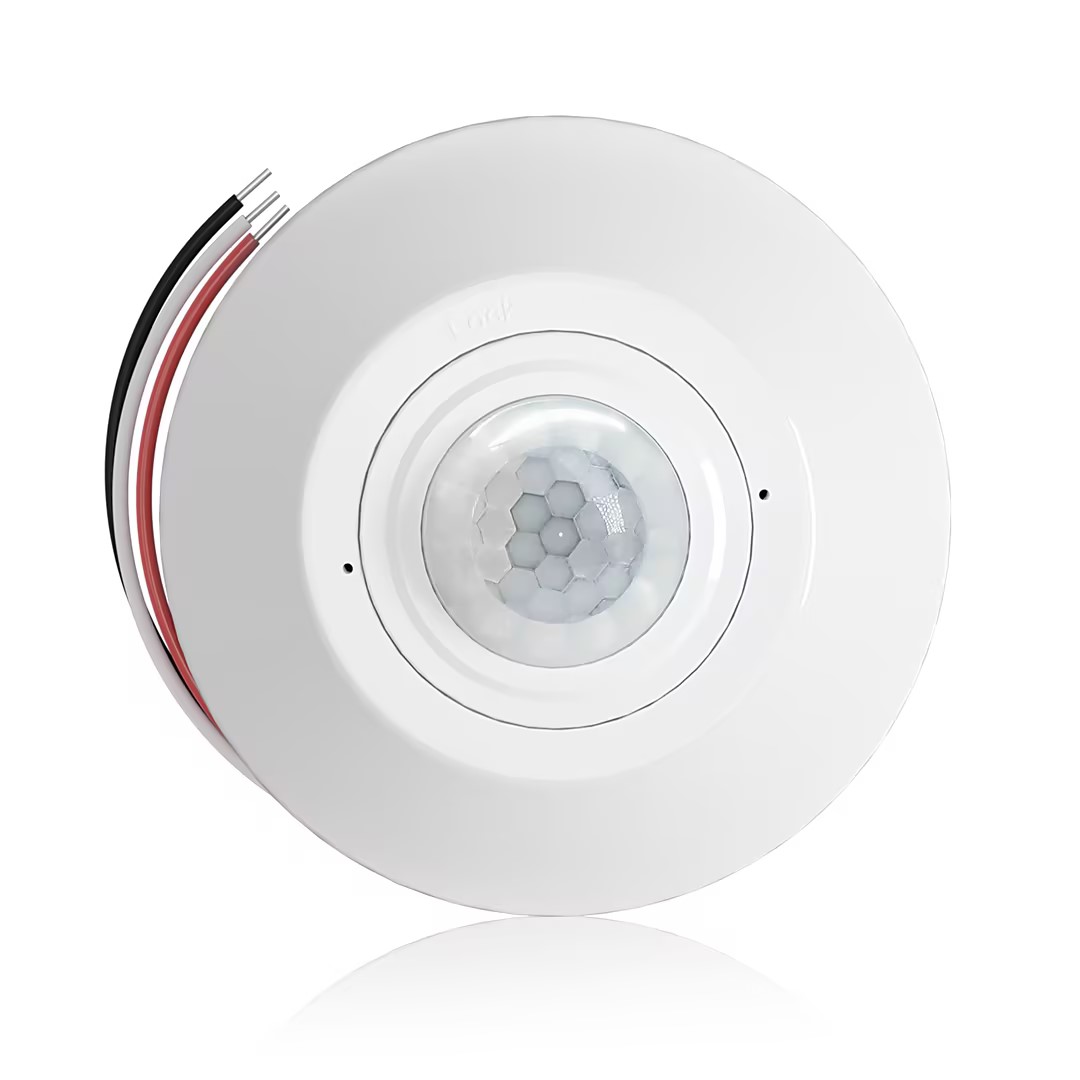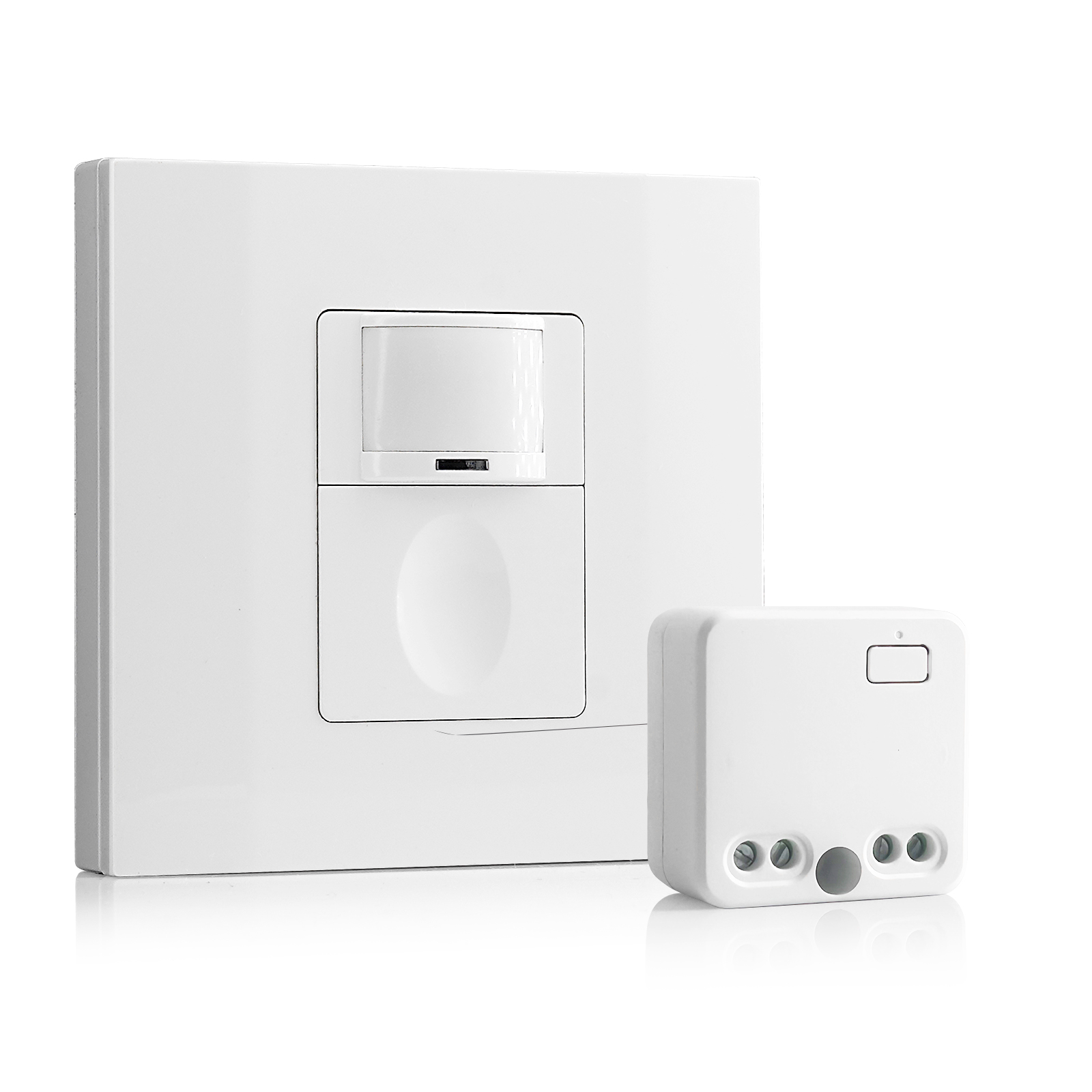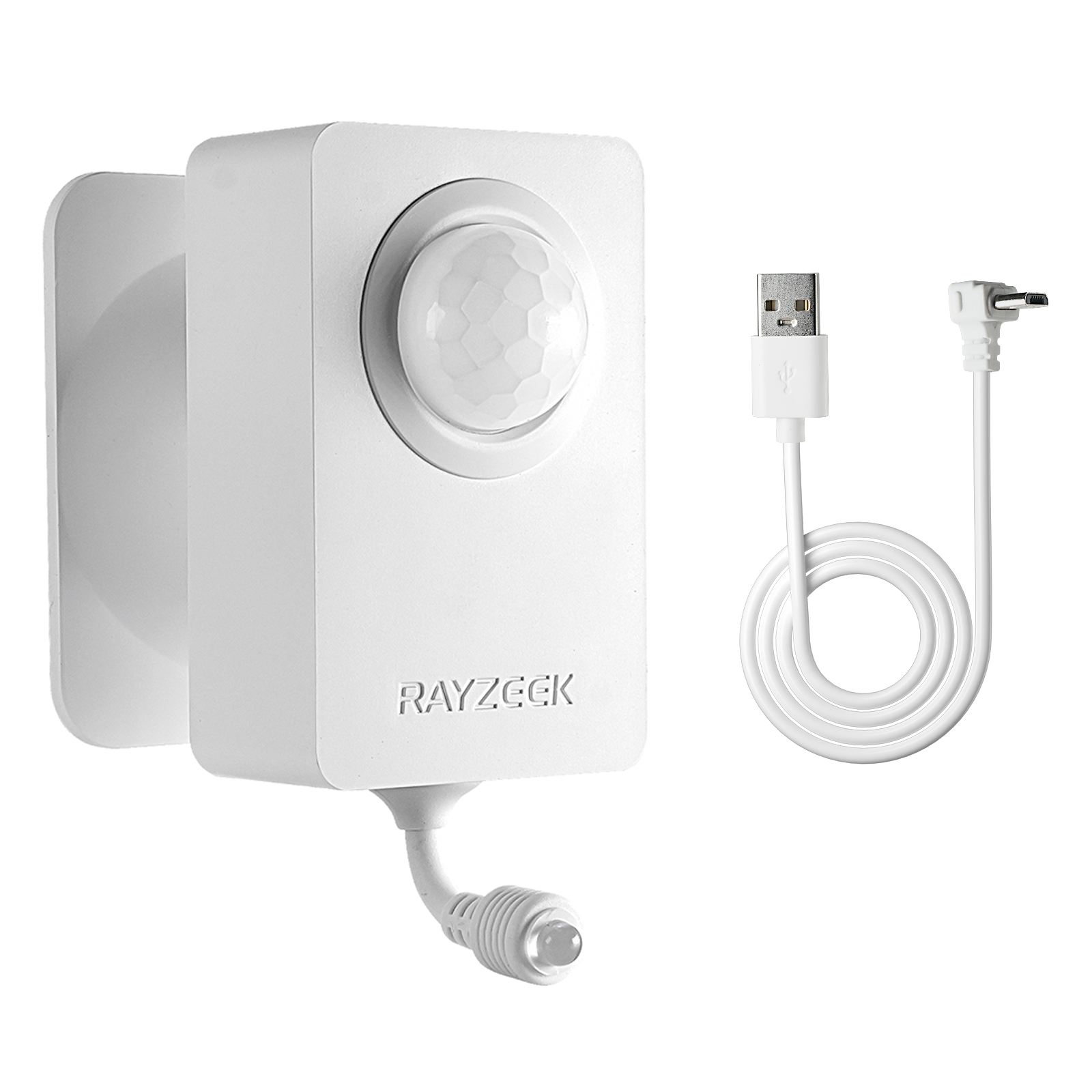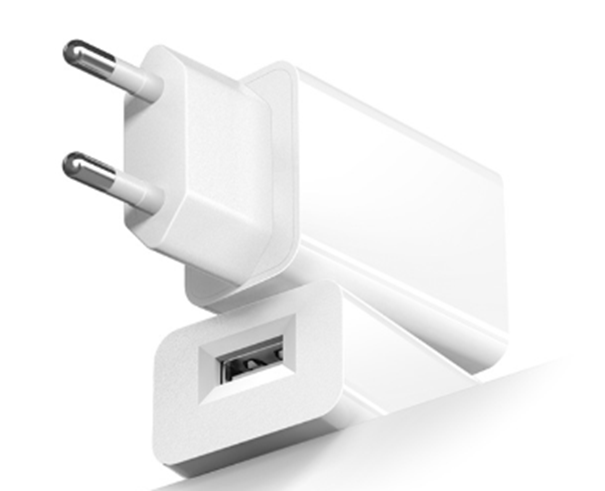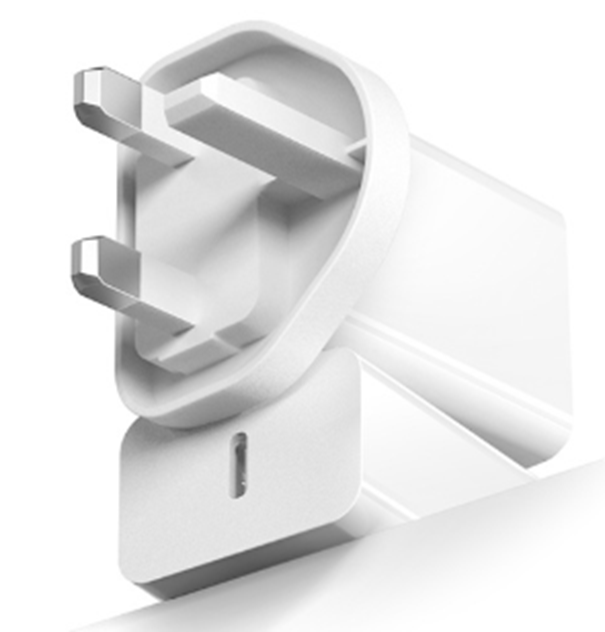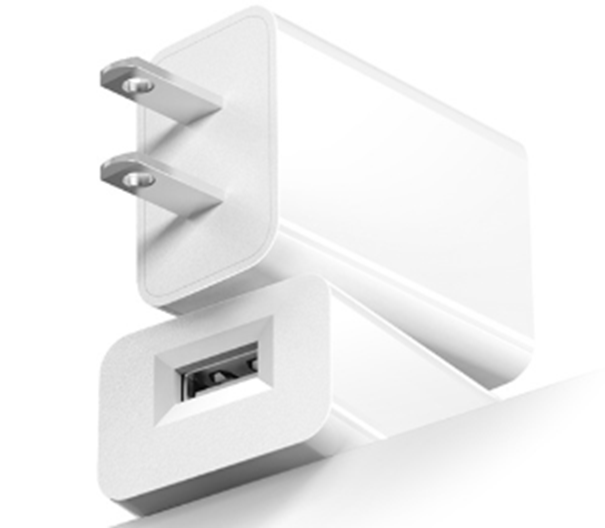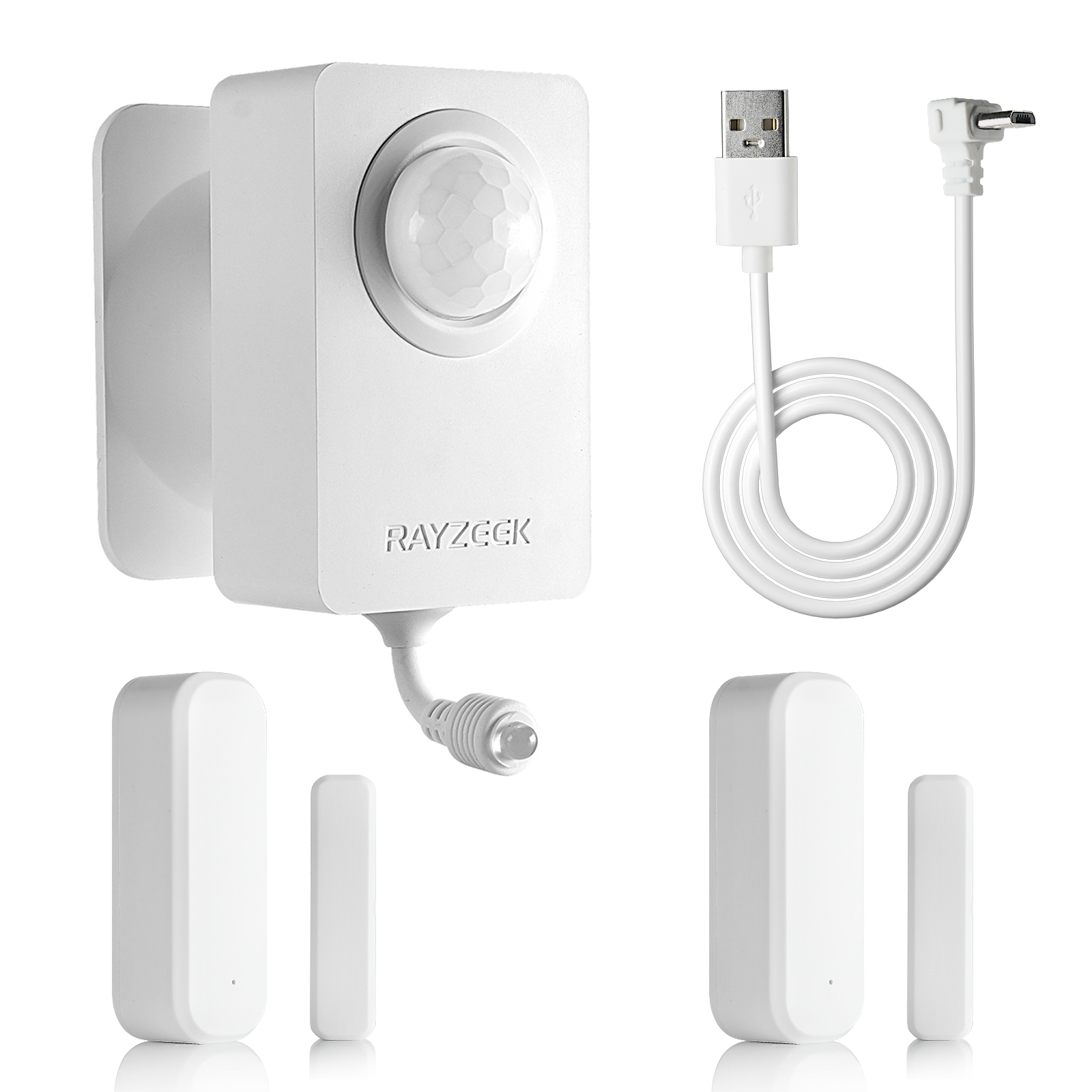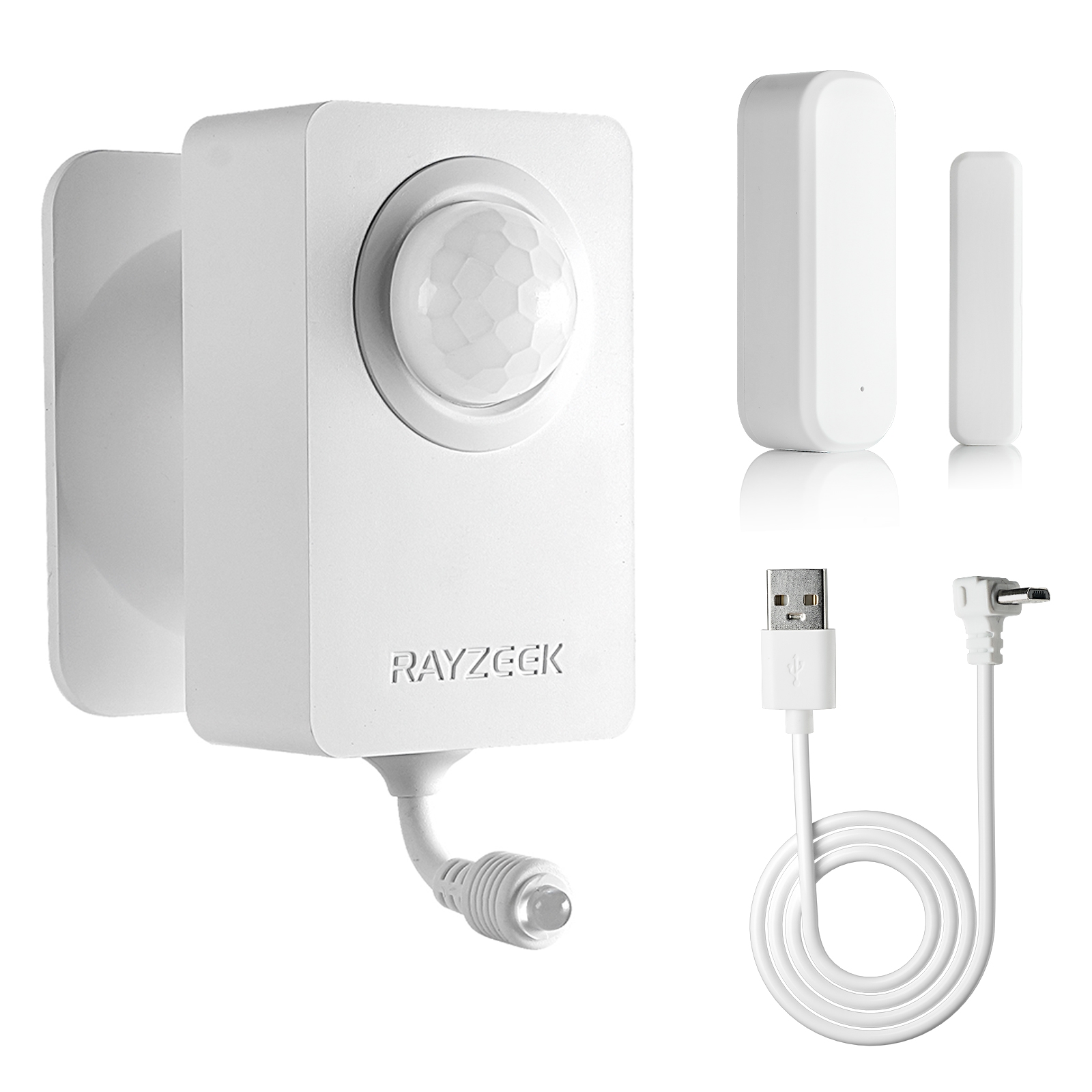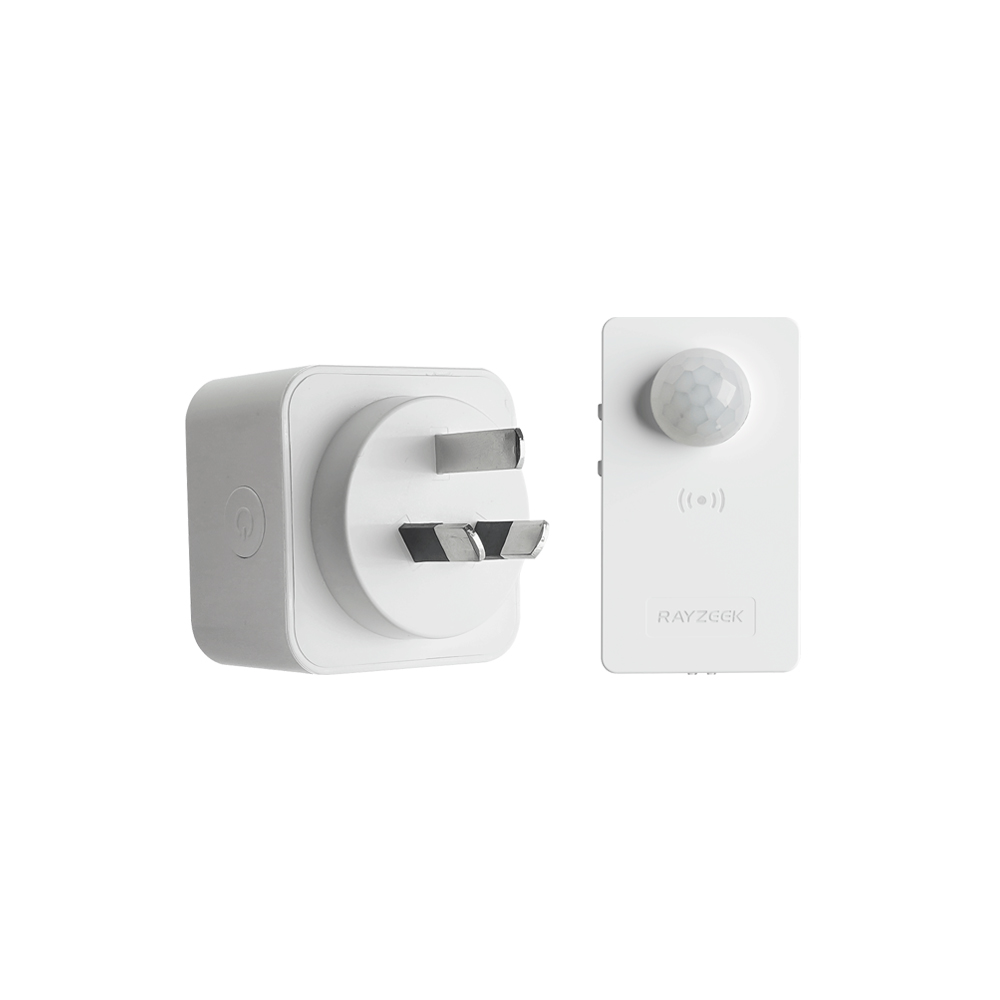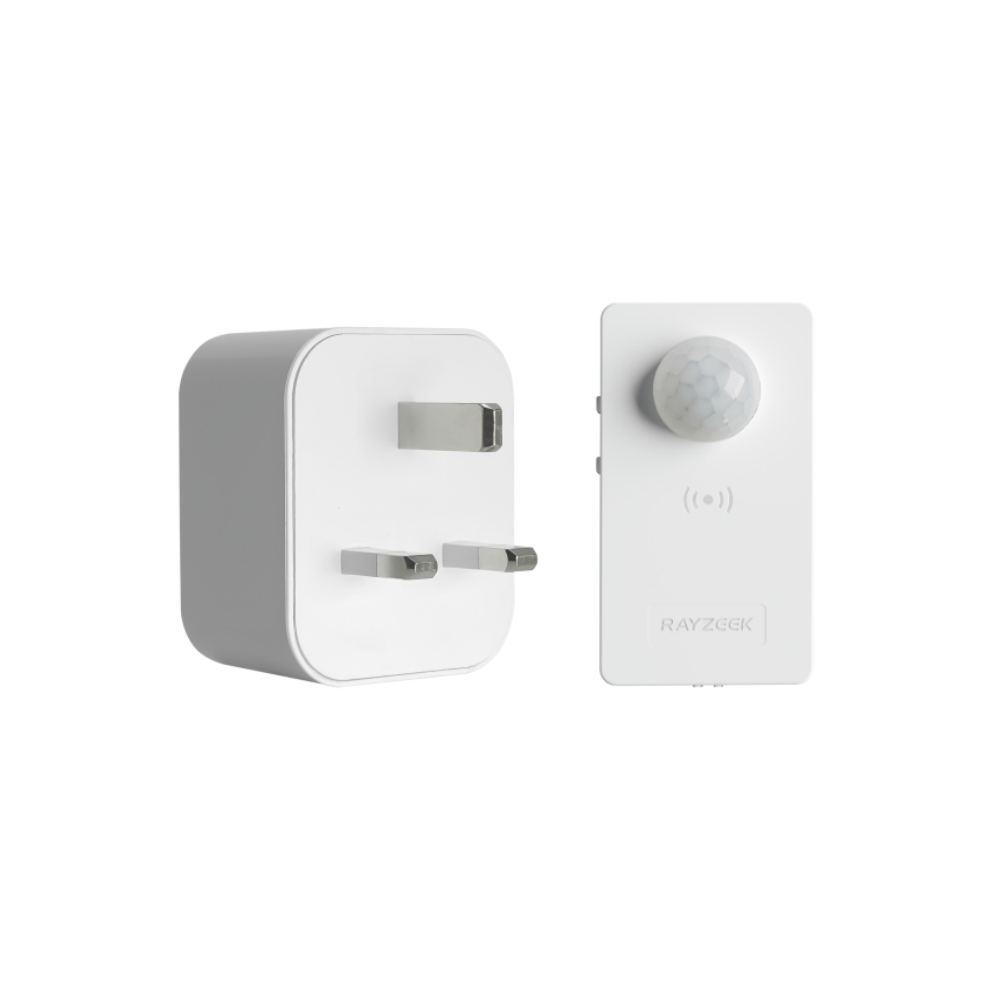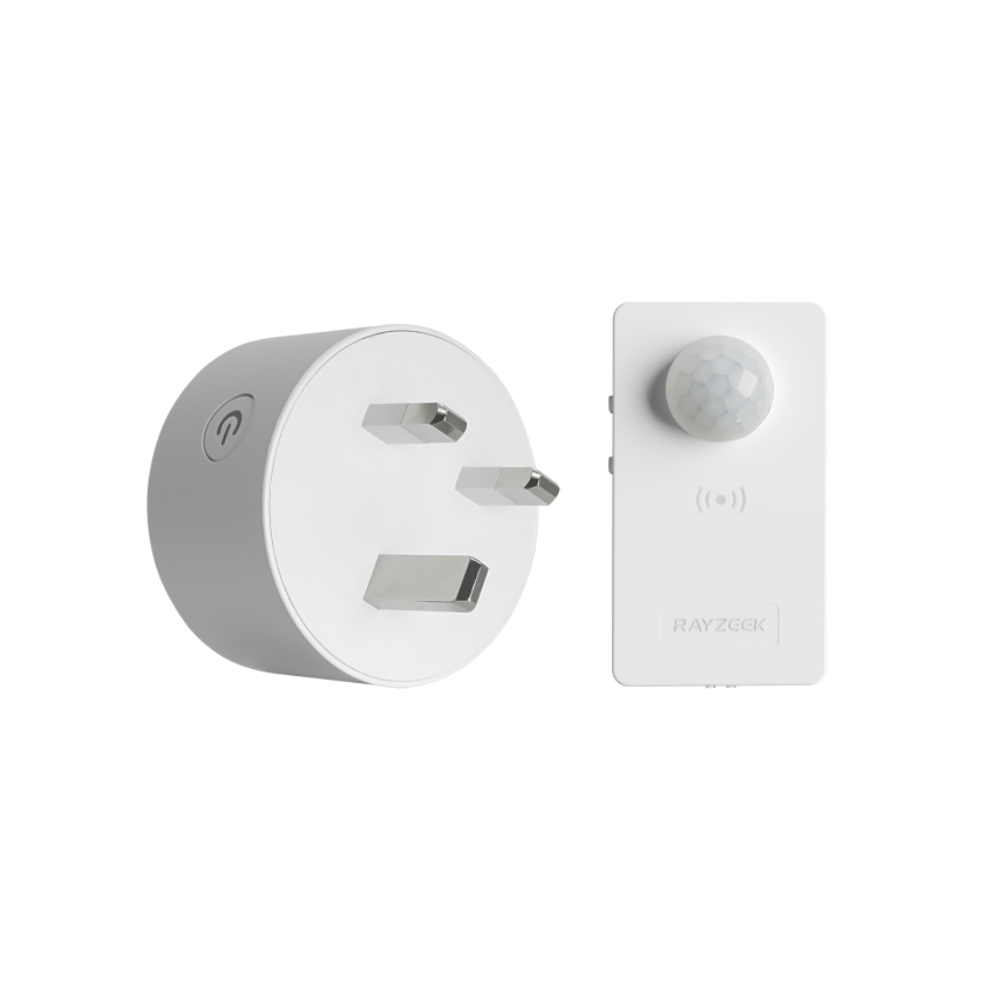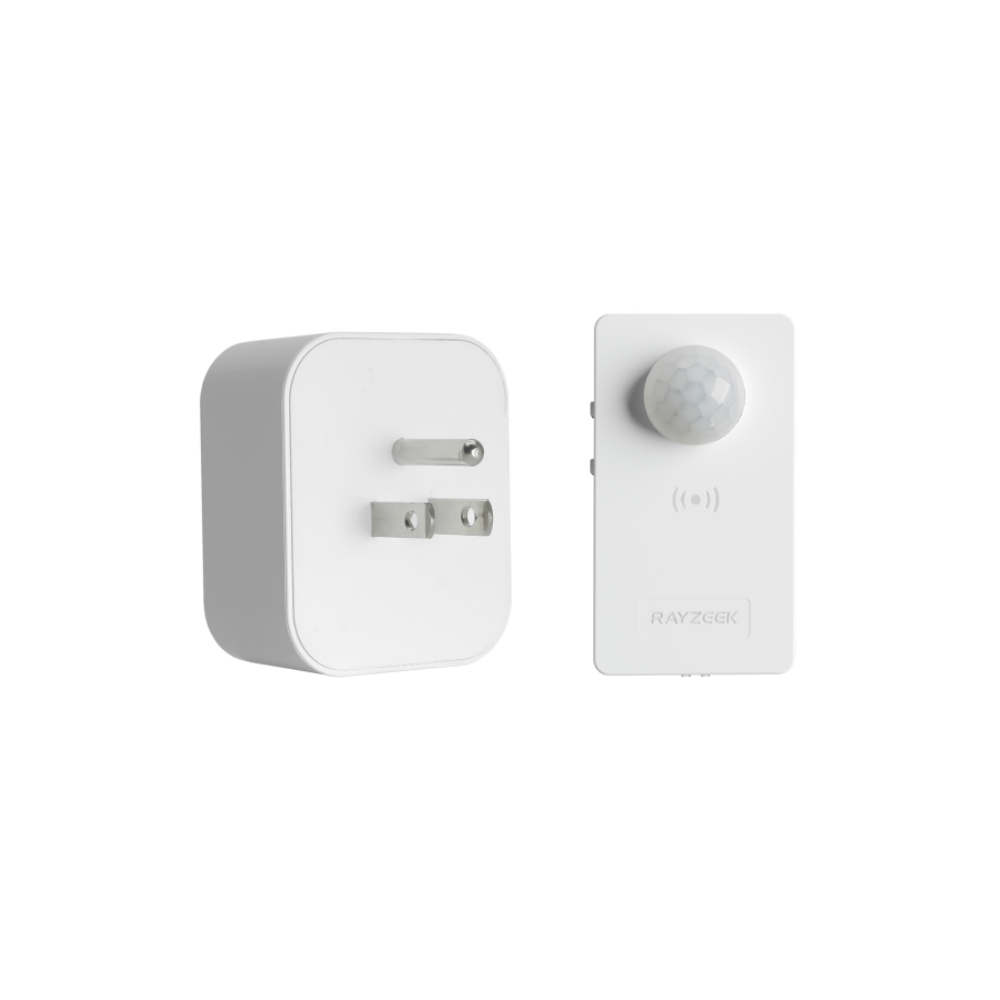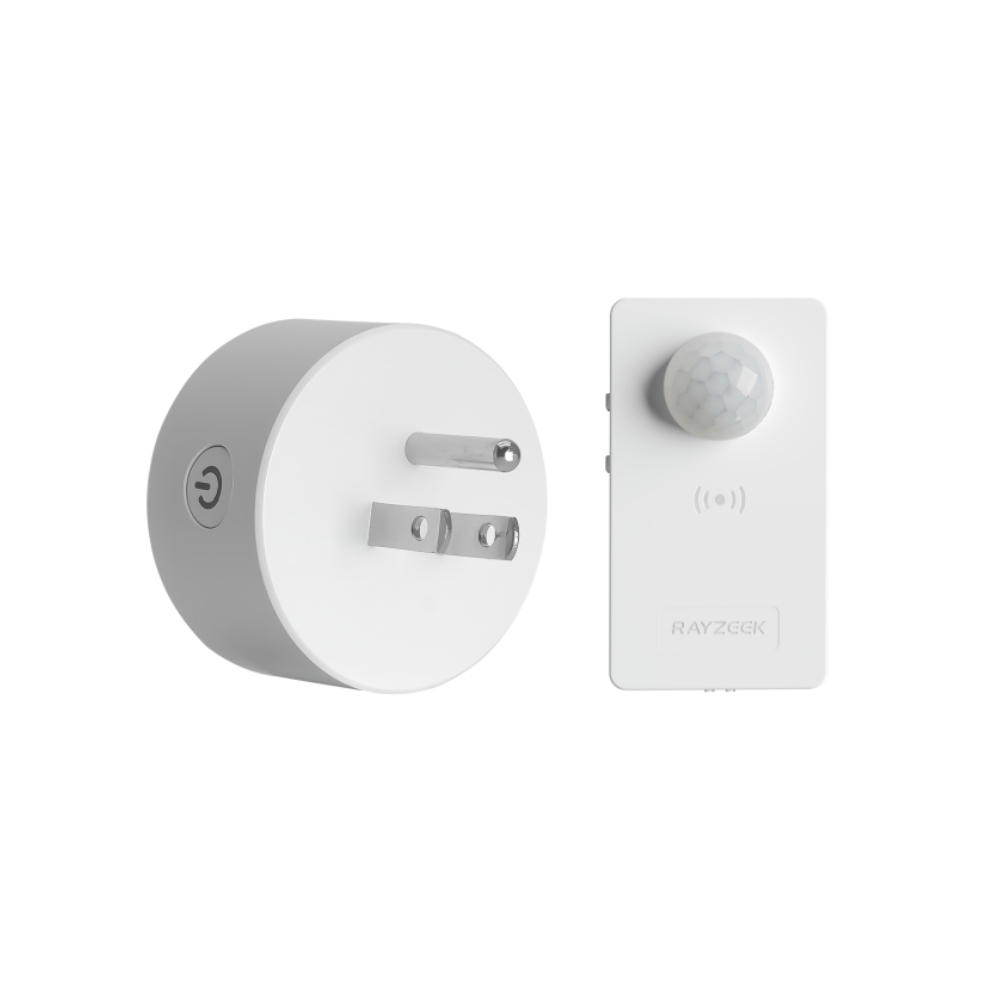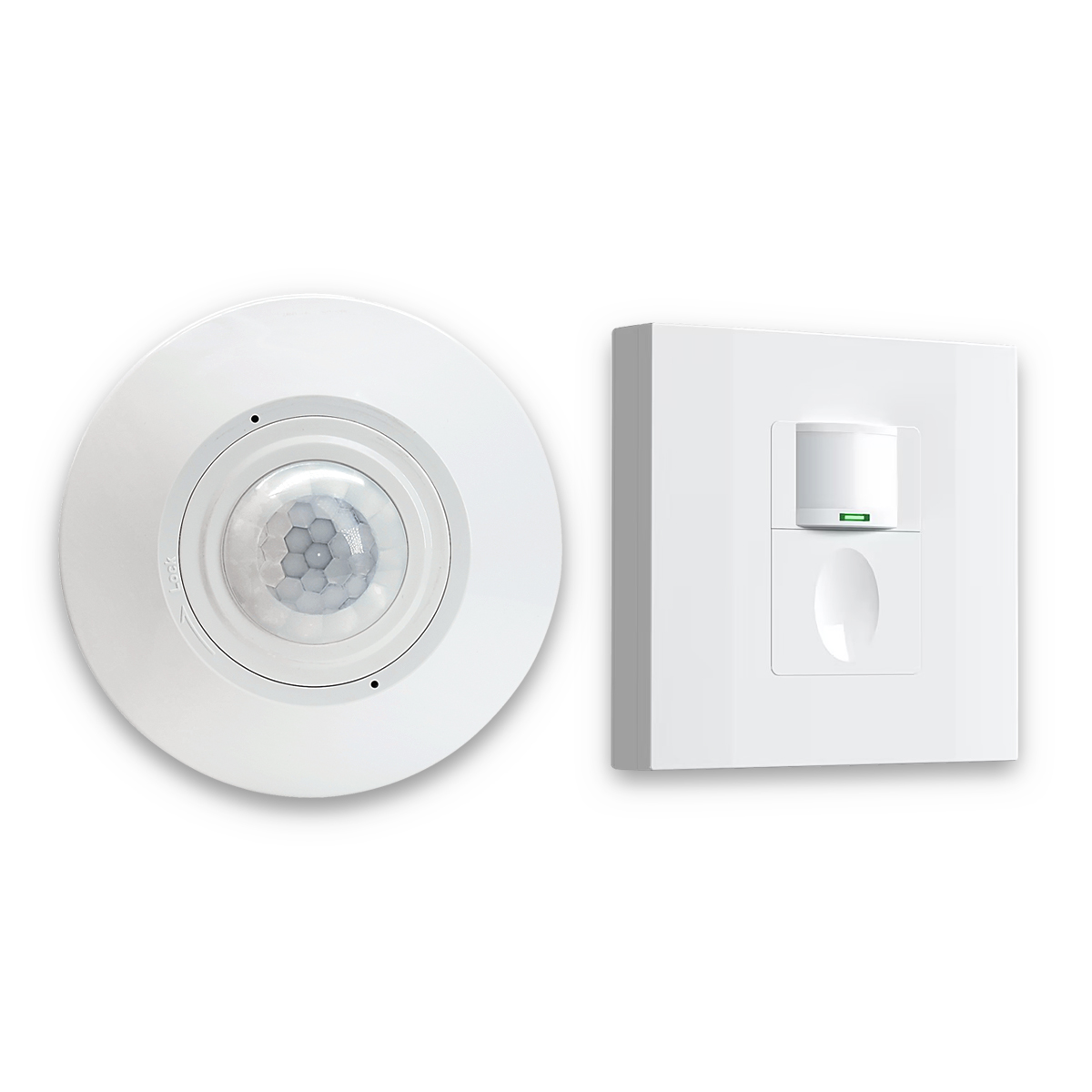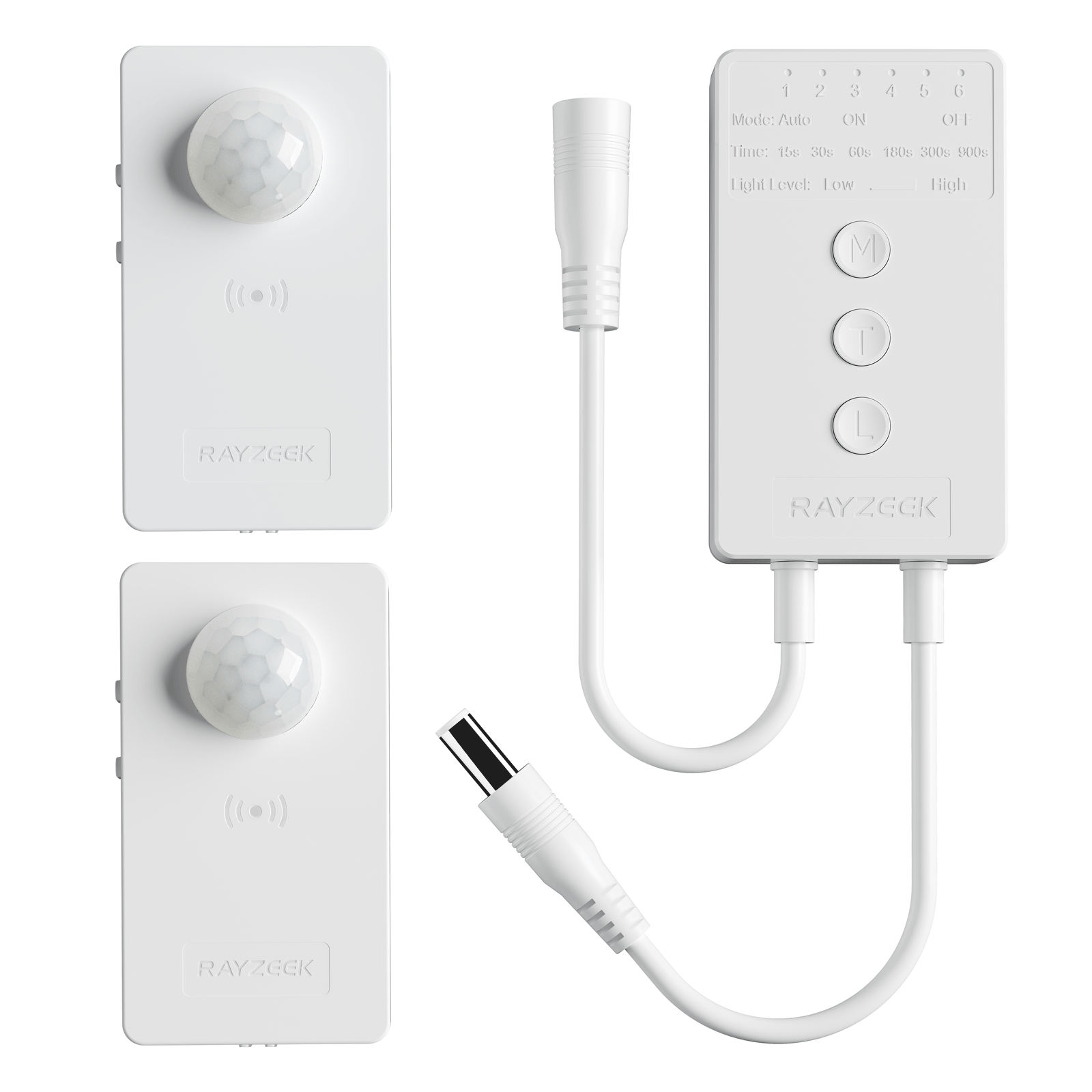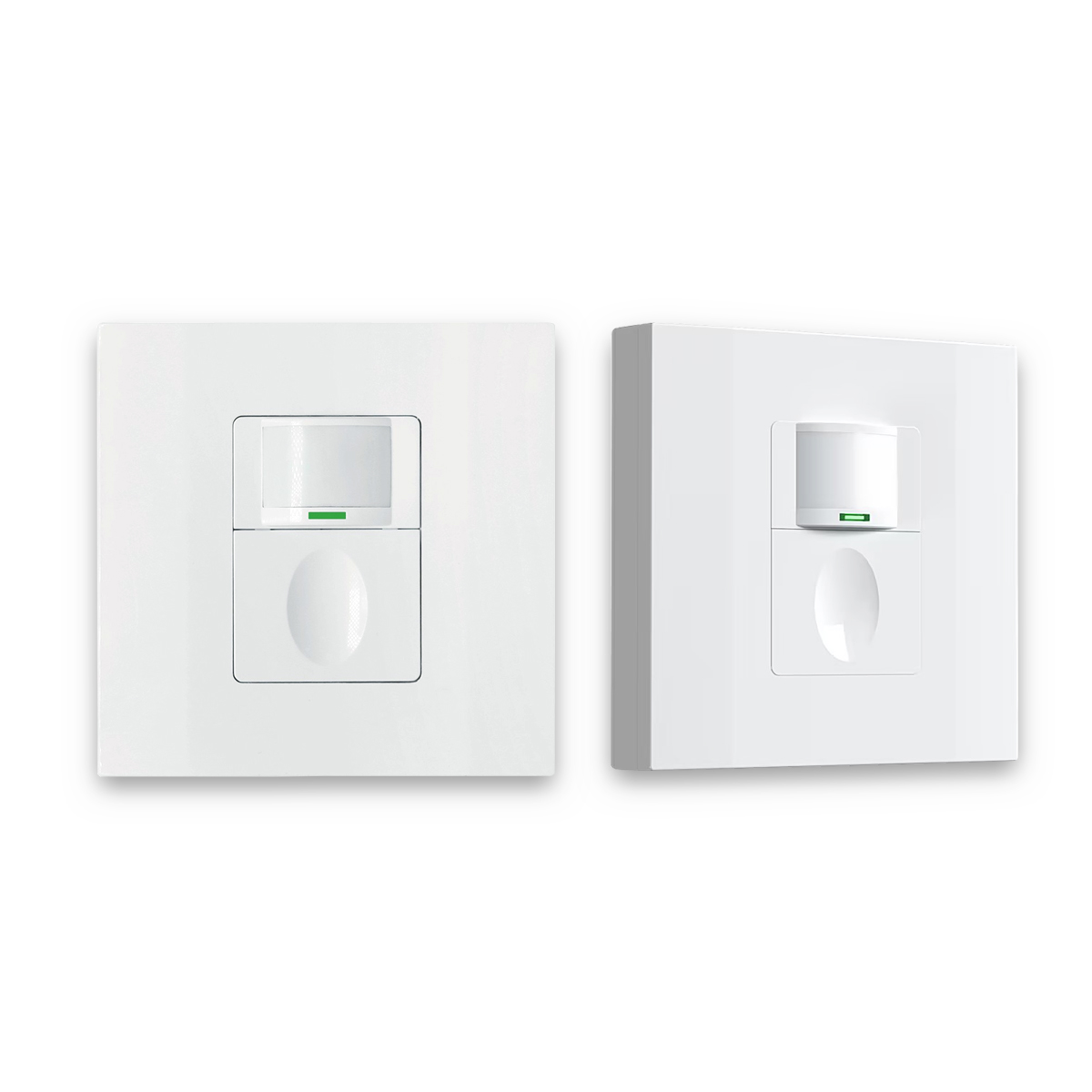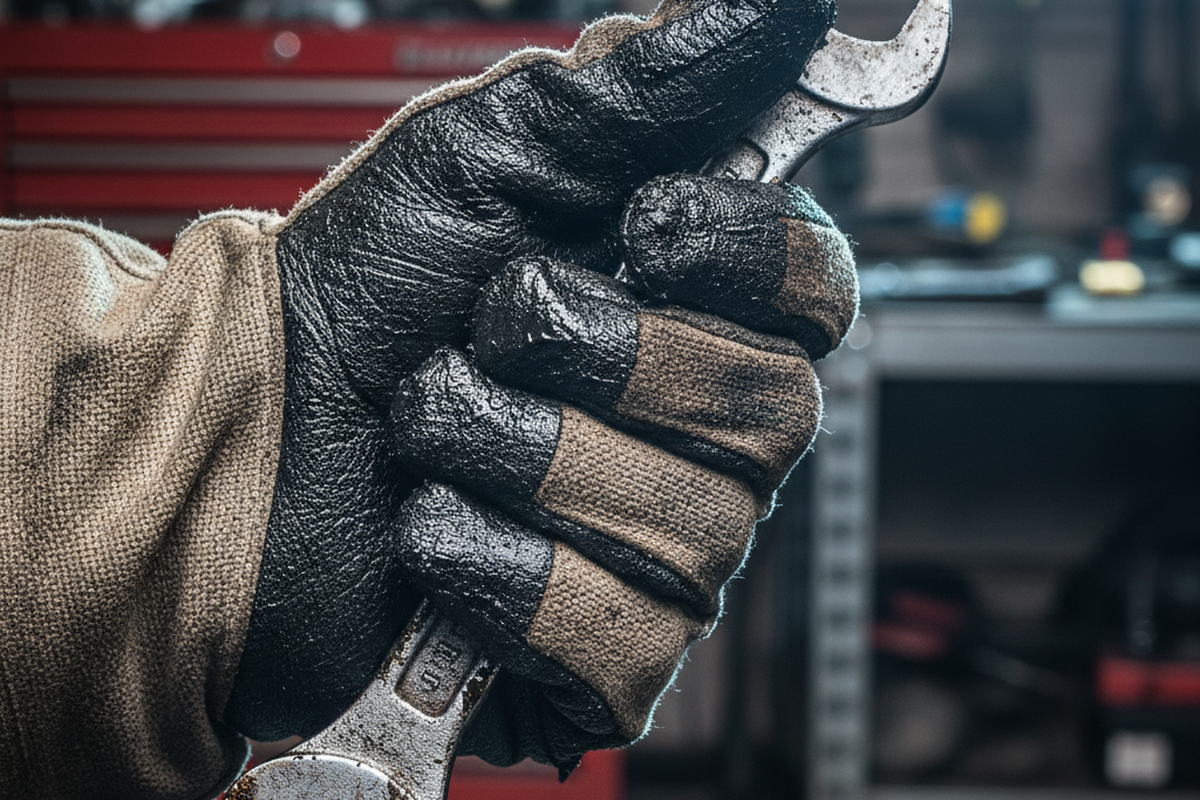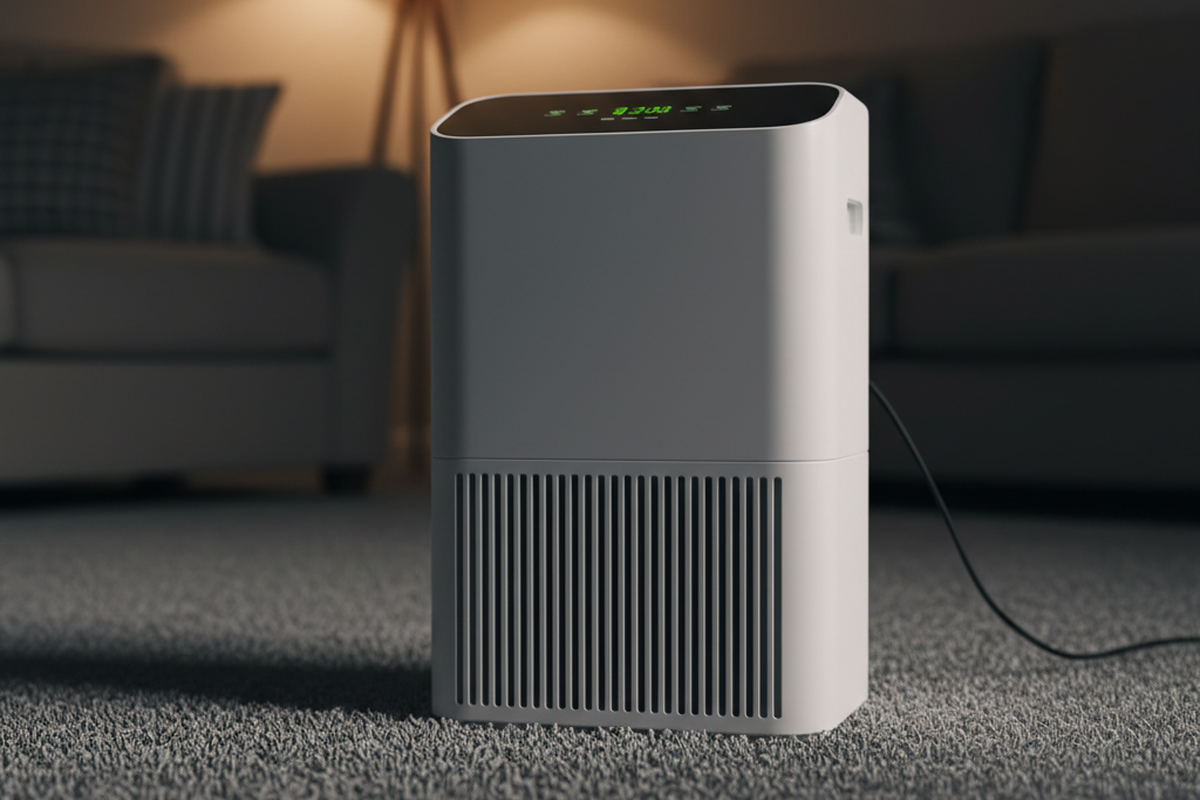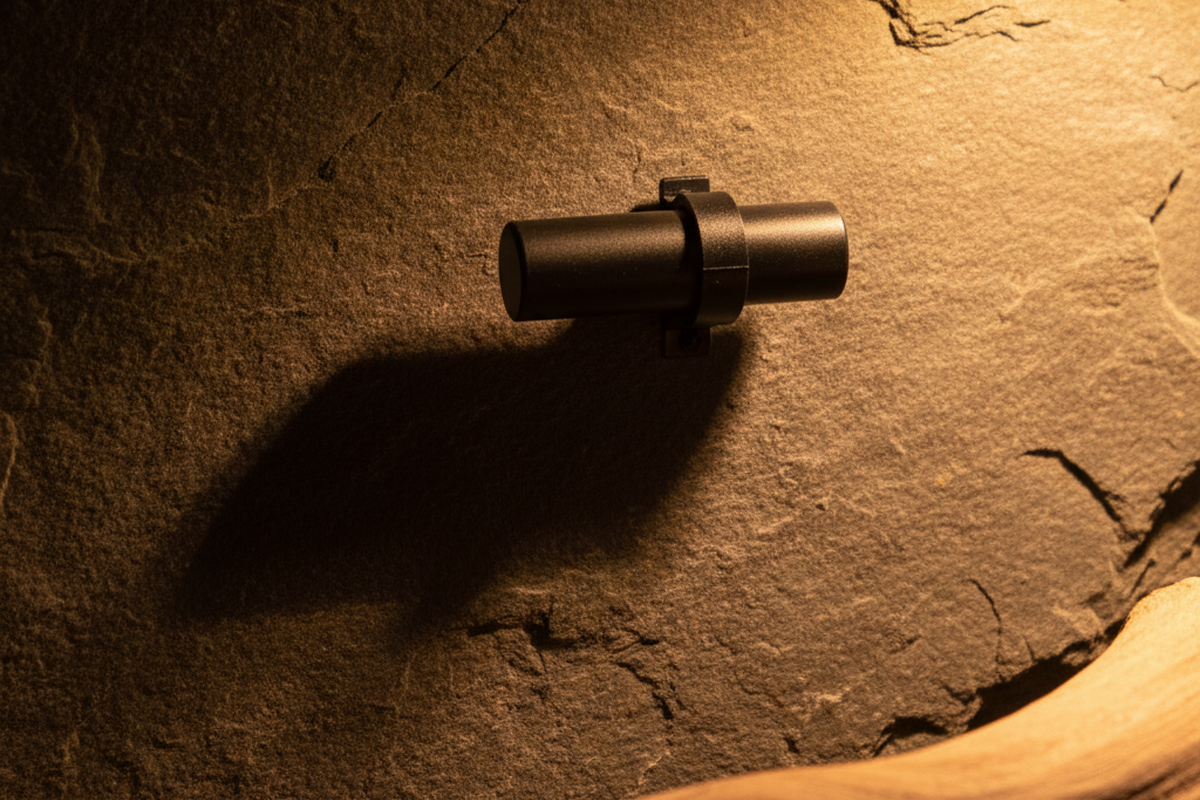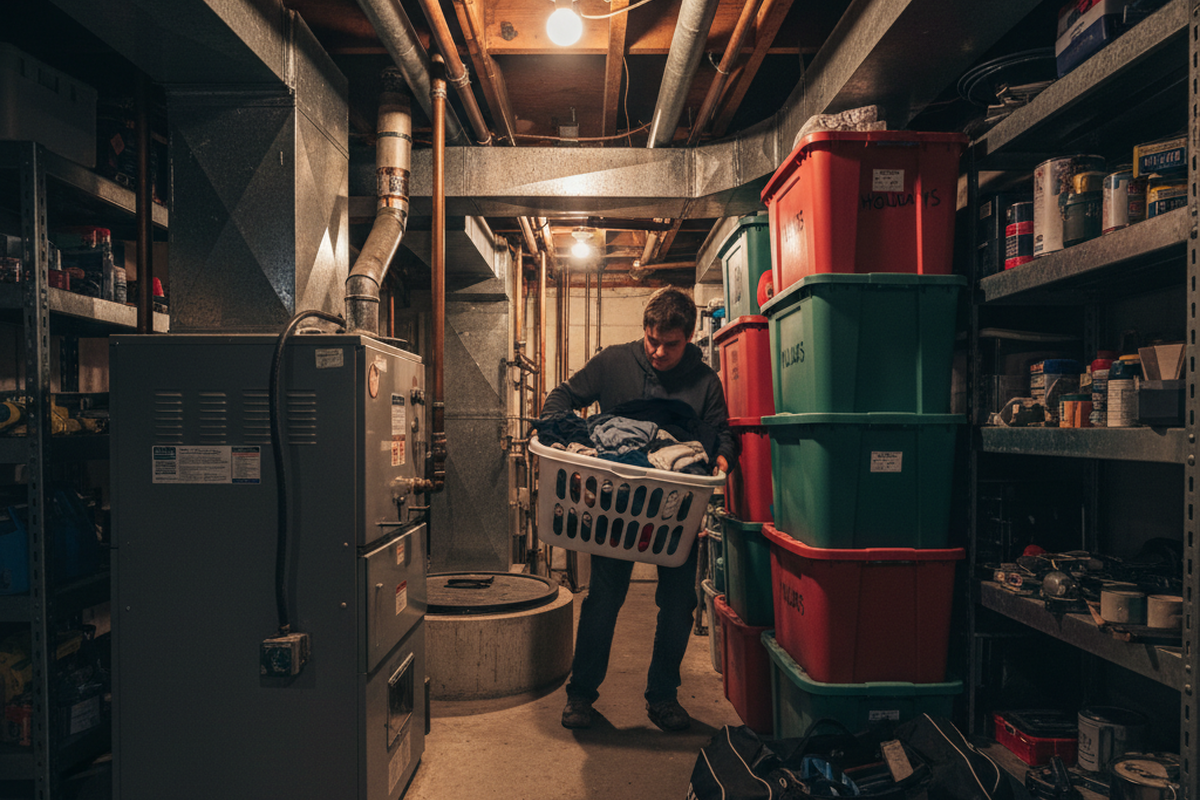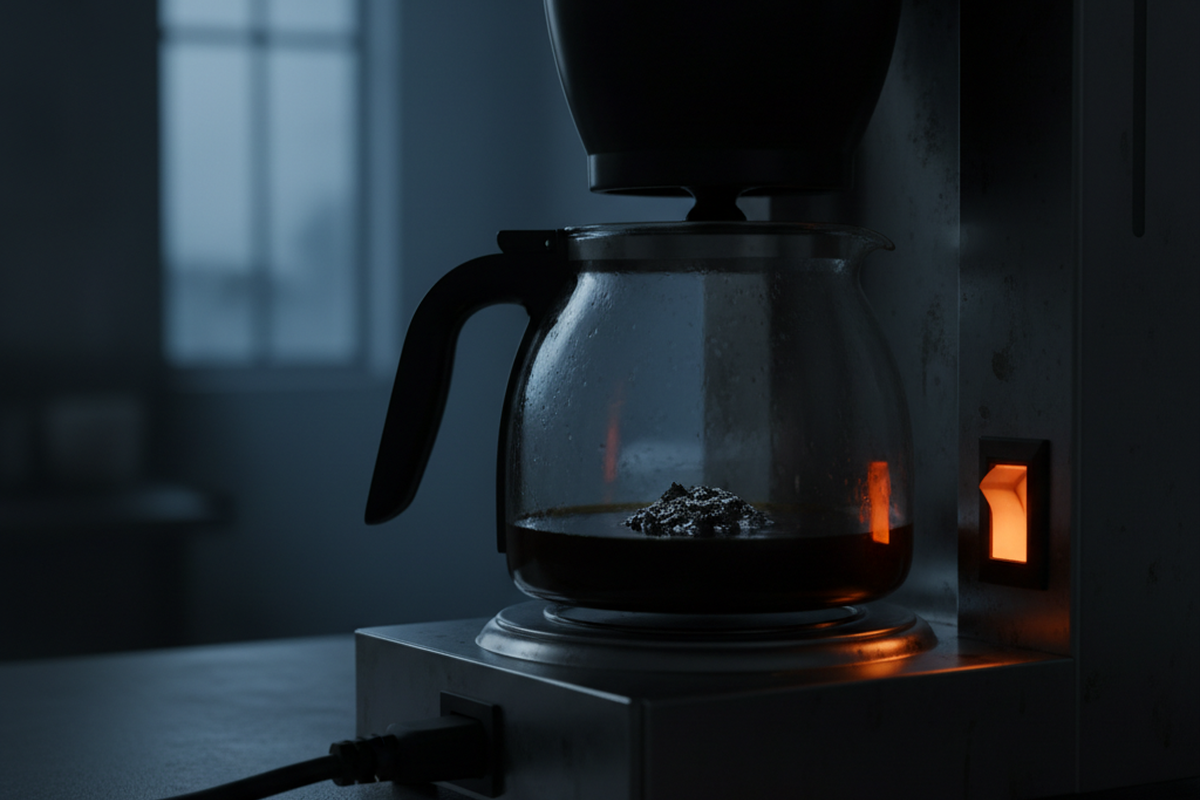Picture this: It’s the absolute worst time – the hottest day of the year – and your central air conditioner decides to quit. Suddenly, the temperature inside your house starts creeping up, and you’re left scratching your head, wondering what happened. Sound familiar? You’re definitely not alone. This is a super common (and super frustrating) experience for lots of homeowners, especially when those AC units are working overtime during the peak of summer.
But it’s more than just being uncomfortable, right? A broken AC can really throw a wrench in your day. It can also lead to some surprisingly high energy bills if the problem makes your unit run inefficiently. And, most importantly, it can even be a health concern, especially for the elderly, young kids, or anyone with breathing issues.
So, what could be the culprit? Well, it could be something simple that you can handle yourself, like a tripped breaker. Or, it could be a more complex issue that needs a professional touch. We’ll get into all of that!
That’s where this article comes in! We’re here to help you, the homeowner, figure out why your central AC might be on the fritz. We’ll take a look at the most important parts of your AC system, walk you through some easy troubleshooting steps, and give you the lowdown on why AC units sometimes fail. Our goal is to give you the confidence to tackle simple problems yourself and to know when it’s time to call in the pros. Sound good?
What is Central Air Conditioning and How Does it Work?
So, before we dive into potential problems, let’s get on the same page about what central air conditioning actually is and how it works its magic. Having a solid understanding of the basics will really help you understand what might be going wrong.
Central air conditioning is basically a system that cools your whole house. It uses a network of ducts to send cool air to every room. This is different from those window AC units, which are really only designed to cool a single room. Think of your central AC as a whole-house cooling system, while window units are more like those little “spot coolers.” Make sense?
Okay, so what are the key players in your central AC system? Here’s a quick rundown:
- Compressor: This is the heart of the whole system. The compressor pumps refrigerant – a special fluid that absorbs and releases heat. Think of it like the engine in your car; it’s what drives the entire cooling process.
- Condenser Coil: You’ll find this outside, usually in that big, boxy unit in your yard. The condenser coil’s job is to release all the heat that the refrigerant has absorbed from inside your house. It’s kind of like the radiator in your car, getting rid of excess heat.
- Evaporator Coil: This one’s inside, usually in your air handler unit (often in the attic or a closet). The evaporator coil is where the refrigerant actually absorbs heat from the air inside your house. This is where the real cooling happens!
- Blower Fan: The blower fan is what circulates air throughout your house. It pushes the cooled air through the ductwork and into all your rooms. Think of it as the lungs of your system, moving the air around.
- Ductwork: This is the network of channels (usually made of metal or fiberglass) that distributes the conditioned air throughout your house. You can think of it as the veins and arteries of your home, carrying that cool air to where it’s needed.
- Thermostat: This is the control center of your whole system. It lets you set the temperature you want and controls when the system turns on and off. It’s like the brain of the system, telling it what to do.
The basic way your AC cools your house is pretty similar to how your refrigerator works. The refrigerant grabs heat from the air inside, which makes the air cooler, and then it releases that heat outside. In your fridge, you can feel the heat being released from the coils on the back. With your central AC, the heat is released by that outdoor condenser unit we just talked about. Now, if any of those parts we just mentioned aren’t working right, your AC system might not work as well as it should, or it might just stop working completely.
Let’s zoom in on that thermostat for a second. It’s really the brain of the whole operation. It’s always keeping an eye on the temperature inside your house. When it senses that the temperature is different from what you’ve set, it tells the AC system to kick on or shut off to keep things comfortable. So, if your thermostat isn’t working correctly, it can throw off the entire system.
Just a quick note: there are a couple of different kinds of central AC systems out there. The most common are split systems, which have separate units inside and outside your house. There are also packaged systems, which have everything all in one unit. Split systems are usually more efficient and quieter, while packaged systems are often used when space is tight.
You might also hear about something called a SEER rating. This is basically a measure of how efficient your AC system is. The higher the SEER, the less energy it uses to cool your home, which is good for your wallet! And speaking of efficiency, it’s super important to have the right size AC unit for your house. If it’s too big or too small, it won’t cool your home as well and it’ll waste energy.
Okay, so now you know the basics! Understanding these components and how they work together is the first step in figuring out what’s going wrong when your AC isn’t working right. Knowing what each part does will help you narrow down the possibilities.
The Refrigerant Cycle
So, what’s really going on inside your AC unit to make it blow out that cool air? It all comes down to something called the refrigerant cycle. This is the process that makes the cooling happen. It’s a closed-loop system that uses a special fluid called refrigerant. Refrigerant has some pretty cool (pun intended!) heat-absorbing properties. It’s basically how heat gets moved from inside your house to the outside. It’s a never-ending cycle of absorbing heat and then releasing it.
Think of it like the Earth’s water cycle. Water changes between liquid, vapor, and ice, and that transfers energy. The refrigerant cycle is similar. It relies on changes in the refrigerant’s state to move heat. Just like water evaporates, condenses, and precipitates, the refrigerant changes its state to absorb and release heat. Pretty neat, huh?
Okay, so the cycle starts with evaporation. This is where the real cooling magic happens! Inside your home, in the evaporator coil, the liquid refrigerant absorbs heat from the air. As it absorbs heat, it boils and turns into a low-pressure, low-temperature gas. Think of it like water boiling on a stove. It absorbs the heat and turns into steam.
Next up is compression. This step gets the refrigerant ready to release all that heat it just absorbed. The compressor, which is in the outdoor unit, increases the pressure and temperature of the refrigerant gas, making it super hot. It’s kind of like squeezing a sponge – the pressure inside increases.
Now, that super-hot, high-pressure refrigerant gas flows over to the condenser coil in the outdoor unit. Here, it releases all its heat into the outside air. As it releases heat, it condenses back into a high-pressure, high-temperature liquid. Think of it like steam condensing on a cold window – it turns back into water.
Finally, the refrigerant goes through expansion. This step gets it ready to absorb heat all over again. The high-pressure liquid refrigerant flows through an expansion valve, which lowers its pressure and temperature. This cools it down a lot and prepares it to absorb heat again in the evaporator coil. It’s like when you release the pressure from a spray can – the contents cool down really fast.
This whole cycle just keeps repeating as long as your AC is running, constantly moving heat from inside your house to the outside. It’s a never-ending loop of heat transfer!
Now, there are different kinds of refrigerants out there, and they all have different operating pressures and environmental impacts. Some of the older refrigerants are actually being phased out because they’re not so great for the environment. Also, the pressure and temperature of the refrigerant are closely related. As the pressure changes, so does the temperature.
HVAC technicians use some special measurements called superheat and subcooling to check how well your system is working and to make sure it has the right amount of refrigerant. These measurements help them see if the system is running efficiently.
Keep in mind that problems with the amount of refrigerant, like leaks, can really mess up this cycle and make your AC not cool as well. If there’s not enough refrigerant, the system just can’t absorb enough heat.
So, understanding this refrigerant cycle is super helpful for figuring out what’s wrong when your AC isn’t working right. If you know how the cycle is supposed to work, you’ll have a much better idea of why a problem might be happening.
Airflow: The Key to Cooling
Okay, so the refrigerant cycle is super important, but just as important is airflow! Without good airflow, your AC system just can’t cool your home effectively. Think of it like breathing. Your lungs need clear airways to work right, and your AC needs clear airflow to cool your home. If the airflow is blocked, it’s like trying to breathe through a straw – not fun! Airflow is essential for moving heat between the refrigerant and the air inside and outside your house. It’s the air that carries the coolness into your home and the heat out of it.
The blower fan, which is inside your air handler, is what circulates air throughout your house. And the ductwork? That’s like the pathways that send the cool air to all the different rooms. The blower fan pushes the air, and the ductwork guides it where it needs to go.
Air needs to be able to flow freely over the evaporator coil inside your house so the refrigerant can absorb heat. And it also needs to flow freely over the condenser coil outside so the heat can be released. If the airflow is blocked, the heat transfer just can’t happen efficiently.
When the airflow is restricted, it makes your AC less efficient at cooling, and it can even increase your energy bill because the system has to work harder. It can even damage the system over time! So, what are some signs that you might have poor airflow? Well, you might notice that some rooms are colder than others, or that the airflow from your vents is weak. You might also notice that your AC is running for longer than usual. The good news is that the most common causes of restricted airflow are things you can often fix yourself, like a dirty air filter or blocked vents.
HVAC professionals use some special measurements to check airflow, like CFM (cubic feet per minute). CFM basically tells you how much air is moving. They also measure static pressure, which tells you how hard it is for the air to move through the ductwork. Ideally, you want balanced airflow, which means that each room in your house is getting the right amount of cool air. Airflow problems are a really common cause of AC issues, and checking for airflow restrictions is often the first thing you should do when you’re trying to figure out what’s wrong. Remember those components we talked about earlier, like the blower fan and the ductwork? Problems with those, or even just something blocking the ductwork, can all mess with your airflow.
Electrical Components
Okay, let’s talk about the electrical side of things. There are several key electrical components that are essential for your AC system to work. These components provide the power and control for the whole system. They power the compressor, control the fans, and basically regulate how the whole thing operates. Without these electrical parts, your AC just wouldn’t work at all.
So, what are the key electrical components you should know about?
- Compressor: As we’ve already talked about, the compressor is what circulates the refrigerant. It’s the workhorse of the system, and it needs electricity to run.
- Fan Motors (Blower and Condenser): These motors are what drive the airflow that’s so important for heat transfer, both inside and outside your house. They need electricity to spin the fans.
- Capacitor: A capacitor gives the motors a starting boost and helps them run efficiently. Think of it like a battery that gives the motors an extra jolt of energy.
- Contactor: A contactor is an electrical switch that controls the power going to the compressor and fan motors. It’s like a light switch for the major components.
- Thermostat: As we mentioned earlier, the thermostat controls how the system operates based on the temperature you set. It sends electrical signals to the other components.
One of the most common electrical problems in AC systems is a failing capacitor. If a capacitor is going bad, it can stop the motors from starting, cause a humming noise, or even make your AC not cool as well as it should. There are actually two main types of capacitors: start capacitors, which give the motor that initial boost to get it going, and run capacitors, which help the motor keep running smoothly.
The thermostat “talks” to the control board using low-voltage wiring. Think of it like sending messages to the brain of the system. There are also things called relays and transformers that are used to control and distribute power within the system. They basically help manage the flow of electricity.
Now, when HVAC professionals are trying to figure out electrical problems, they use wiring diagrams. These diagrams are like roadmaps of the electrical system, and they help the technicians trace circuits and find faults. But here’s the thing: electrical problems often require specialized knowledge and tools, so it’s almost always best to call a professional to diagnose and repair them. Working with electricity can be dangerous, so it’s really not worth the risk. Because of the dangers of working with electricity, we highly recommend that you seek professional help for any electrical issues with your AC system. Seriously, don’t risk shocking yourself or damaging the system. Remember those components we talked about earlier, like the compressor and the fans? They all rely on these electrical components to function. If the electricity isn’t flowing correctly, those parts just can’t do their jobs.
Get Inspired by Rayzeek Motion Sensor Portfolios.
Doesn't find what you want? Don't worry. There are always alternate ways to solve your problems. Maybe one of our portfolios can help.
Troubleshooting Common Problems
Okay, so your central AC has decided to take a vacation, and you’re probably thinking about trying to fix it yourself. And hey, sometimes you can! But before you even think about touching anything, safety should be your number one priority. Before you start poking around any part of your AC system, always disconnect the power at the circuit breaker. Seriously, this is super important. Also, keep in mind that some problems, like electrical issues, refrigerant leaks, and major component failures, are really best left to the pros. Don’t attempt any repairs that you’re not completely comfortable with. Think of troubleshooting like being a system detective. You need to gather clues, examine the evidence, and systematically rule out potential causes.
So, what are some of the most common AC problems you might run into?
- No power to the unit: The AC doesn’t turn on at all.
- The unit runs, but doesn’t cool the air: The fan is blowing, but the air isn’t cold.
- Water leaking from the unit: You see water pooling around the indoor unit.
- The unit short cycles (turns on and off frequently): The AC turns on, runs for a very short time, and then turns off again.
- Unusual noises coming from the unit: You hear banging, hissing, clicking, or other strange sounds.
- The unit freezes up (ice formation): You see ice on the coils or refrigerant lines.
Now, there are some simple things you can check yourself. These are often the first things you should look at: checking the circuit breaker, replacing a dirty air filter, and clearing a clogged condensate drain line.
Of course, HVAC professionals have some fancy tools they use to diagnose problems. These include multimeters (for testing electrical stuff), refrigerant gauges (for checking the pressure of the refrigerant), and thermometers (for taking temperature readings). These tools help them figure out what’s wrong quickly and accurately.
When you’re trying to troubleshoot AC problems, it’s best to take a systematic approach. First, figure out exactly what’s going on. What is the AC doing, or not doing? Then, think about what could be causing those symptoms, based on what you’ve learned so far. And finally, rule out the possibilities one by one. It’s basically a process of elimination.
By following a logical process and always keeping safety in mind, you can often figure out what’s causing the problem and decide whether it’s something you can fix yourself or if you need to call in a professional. And hey, don’t be afraid to call a professional if you’re just not sure!
No Power to AC
Okay, so your AC unit is completely dead. No lights, no fan, nothing. If that’s the case, start with the simplest solutions. A lot of the time, it’s just a simple power supply issue. The problem could be a problem with the power supply itself, a faulty thermostat, a tripped circuit breaker, or a tripped safety switch.
First things first, head over to your main power panel and check for any tripped breakers that are related to your AC. Look for a breaker that’s in the “off” position or halfway between “on” and “off.” Then, go check the AC unit’s disconnect switch. This is usually a small box located near the outdoor unit. Make sure it’s in the “on” position. This switch is a safety feature that cuts the power to the unit.
Next up, let’s check the thermostat. It could be the culprit. Make sure the batteries are fresh (if your thermostat uses batteries), that the settings are correct (set to “cool” and to a temperature that’s lower than the current room temperature), and that the display isn’t blank. A blank display could mean that the batteries are dead or that the thermostat is faulty.
If you find that the main breaker for your AC is tripped, you can try resetting it. Flip it firmly to the “off” position and then back to the “on” position. Sometimes, a power surge can cause the breaker to trip. A blown fuse in the disconnect switch or control board could also be the problem, but this is something that usually requires a professional. Replacing fuses can be dangerous if you’re not familiar with electrical work, so it’s best to leave that to the experts.
Some signs that your thermostat might be failing include a blank display, not responding when you try to adjust it, or giving inaccurate temperature readings. Loose wiring can also cause the power to go out sometimes. A loose connection can stop the electricity from flowing correctly. Testing the transformer requires a multimeter and is really best left to the professionals. A faulty transformer can stop the thermostat from getting power. If you’ve tried all of these steps and your AC still has no power, it could be a more serious electrical problem that needs a professional diagnosis. This could involve problems with the control board or other internal components, which we’ll talk about later. If you’ve checked all of these possibilities and your AC still isn’t getting any power, it’s time to call a qualified HVAC technician.
AC Runs, But Doesn’t Cool
Alright, so your AC unit is running – you can hear the fan and everything – but the air coming out just isn’t cold. What could be going on? Well, there are a few common things that could be to blame. The most likely culprits are refrigerant problems, airflow restrictions, a compressor that’s not working right, or dirty condenser coils. Basically, the system is trying to work, but it’s just not cooling.
One of the most common reasons for this is refrigerant problems. Low refrigerant levels or a refrigerant leak can stop the system from cooling properly. Remember, refrigerant is essential for the cooling process! This messes up the refrigerant cycle, which reduces its ability to absorb heat. As we learned earlier, the refrigerant needs to be able to absorb and release heat for the system to work. Now, adding refrigerant is not a DIY job. It requires some specialized equipment and EPA certification. In fact, it’s actually illegal to handle refrigerant without the proper certification.
Airflow restrictions can also be a problem. Blocked vents or return air grilles can restrict the airflow, which reduces how well your AC cools. So, make sure that nothing is blocking the vents in your rooms. Another potential issue is a faulty TXV, which stands for Thermostatic Expansion Valve. This valve controls the flow of refrigerant into the evaporator coil, and if it’s not working right, it can restrict the refrigerant flow and cause similar problems. Also, keep an eye out for ice buildup on the evaporator coil. This can be a sign of low refrigerant or restricted airflow, and we’ll talk about it more later.
Of course, if the compressor isn’t running at all, or if it’s running but not pumping refrigerant, your system won’t cool. The compressor is super important for circulating the refrigerant. Here’s a quick way to check: a healthy AC system should be producing air that’s about 15-20 degrees Fahrenheit cooler than the room temperature. You can use a thermometer to check the temperature of the air coming out of the vents. If the difference is lower than that, it could indicate a problem. Some of these issues, especially refrigerant leaks and compressor problems, really need a professional to diagnose and repair. These are more complex issues that we’ll explore in more detail later. If you think you might have any of these problems, it’s best to call an HVAC technician. Remember, the compressor is vital for the refrigerant cycle, and airflow is essential for heat exchange, as we talked about earlier.
Water Leaking from AC
Okay, so you’ve noticed water pooling around your indoor AC unit. What’s going on? Well, the most likely reason is a clogged condensate drain line. This is a pretty common problem, and it’s often easy to fix. During the cooling process, your AC removes moisture from the air, just like a cold drink “sweats” on a hot day. All of that condensation needs to drain away through a pipe called the condensate drain line.
Over time, that condensate drain line can get clogged up with algae, dirt, and other debris. This is especially common if you live in a humid climate. This blockage can lead to some serious problems, including water damage, mold growth, and it can even cause your AC system to shut down completely. That’s why it’s important to take care of this problem quickly.
The good news is that unclogging the drain line is often pretty simple. You can try using a wet/dry vac to suck out the clog. You can also try pouring some distilled vinegar down the drain to kill any algae that’s growing in there. Or, you can use a specialized drain cleaning tool. Just be careful not to damage the drain line! The drain line is usually located near the indoor unit, and it’s often a PVC pipe that leads outside. You should be able to find it pretty easily.
Also, if you have an older unit, a cracked drain pan can cause leaks. The drain pan is what collects the condensation before it goes into the drain line, and if it’s cracked, it’ll need to be replaced. The drain line should also be sloped downward so the water can drain properly. If that’s not possible, you might need a condensate pump to help move the water. A condensate pump is just a small pump that helps push the water out. The best way to prevent these problems is with regular maintenance, including cleaning the drain line. We’ll talk more about preventative maintenance later. The bottom line is that you should address any water leaks quickly to prevent further damage and costly repairs. Water damage can be really expensive to fix!
AC Short Cycling
Have you noticed that your AC unit is turning on and off more frequently than it used to? If so, it’s likely “short cycling.” Short cycling basically means that the cooling cycles are shorter than normal, usually less than 10 minutes. The AC turns on, runs for a few minutes, and then turns off again, repeating this cycle over and over.
So, what can cause short cycling? Well, there are several possibilities. These include refrigerant problems (like low refrigerant or a leak), airflow restrictions (like a dirty air filter or blocked vents), an AC unit that’s too big for your house, or thermostat issues.
If your AC unit is too big for your house, it can cool the house too quickly. This leads to those short cycles and also means that your AC isn’t dehumidifying the air properly. It’s kind of like having a car engine that’s way too powerful for the car – it’s just not efficient. Some signs that your AC unit might be too big include those short cycles, uneven temperatures in your house, and high humidity. The AC just doesn’t run long enough to remove the moisture from the air.
Short cycling is a problem because it increases your energy bill, reduces how well your AC removes humidity, and puts extra stress on the components, which can make them wear out faster. It’s like constantly starting and stopping your car – it’s really bad for the engine.
A faulty control board can also mess with how your system operates and cause short cycling. The control board is like the brain of the system, and if it’s not working right, it can cause all kinds of problems. Also, where your thermostat is located can affect things. It needs to be away from direct sunlight and heat sources so it can get an accurate reading of the room temperature. External factors, like drafts, can also mess with the thermostat’s readings and contribute to the problem. Some of these issues, like figuring out if your unit is oversized, really require a professional to assess. If you think your AC is short cycling, it’s a good idea to look into the potential causes and call an HVAC technician if you need help. Remember how important proper airflow and a functioning thermostat are? We talked about that earlier!
Unusual Noises from AC
If your AC unit starts making some weird noises, it’s important to pay attention. Noises are often a sign that something’s not right. Different sounds can point to different underlying issues, which can help you figure out what’s going on. It’s kind of like listening to your car engine – different noises can mean different things.
Here’s a quick guide to some common AC noises and what they might mean:
- Banging: This could mean there are loose parts or a broken connecting rod inside the compressor.
- Hissing: This often means there’s a refrigerant leak or high pressure within the system.
- Clicking: This could be an electrical problem or a relay issue.
- Rattling: This usually means there are loose parts or debris in the blower fan.
- Squealing: This often means there’s a problem with the blower motor or belt.
- Humming: This could be an electrical problem or a capacitor issue.
If the noise is really loud or just doesn’t sound right, it’s best to turn off the AC unit and call a professional to prevent any further damage. Seriously, don’t let the AC keep running if it’s making a loud or unusual noise.
Now, some minor noises might just be from loose screws or some debris that you can easily remove, but most of the time, unusual noises require a professional to take a look. HVAC professionals use tools like stethoscopes (to listen to the different components) and multimeters (for electrical testing) to figure out where the noise is coming from. They can usually pinpoint the source of the noise much more accurately than you can.
It’s a good idea to get familiar with the normal sounds that your AC unit makes when it’s running. Every AC makes some noise, but you should be able to tell the difference between normal sounds and sounds that are out of the ordinary. Try to figure out where the noise is coming from. Is it coming from the indoor unit, the outdoor unit, or a specific component? Is it coming from inside the house, or outside? Keep in mind that many unusual noises really need a professional to diagnose and repair. If you’re not sure about what’s causing the noise or what it means, it’s always best to play it safe and contact an HVAC technician. Don’t try to fix something if you’re not sure what you’re doing!
AC Unit Freezing Up
If you see ice forming on the evaporator coil or the refrigerant lines of your AC unit, that’s a sign that something’s wrong. Ice on an AC unit is never a good sign. The two main things that can cause this are restricted airflow and low refrigerant.
Restricted airflow stops the evaporator coil from absorbing enough heat, which makes it get too cold and freeze. Think of it like putting your hand over a freezer vent – the air gets colder and colder. This can be caused by a dirty air filter, blocked vents, or even a dirty evaporator coil. Low refrigerant, which is usually caused by a leak, can also mess up the refrigerant cycle and lead to freezing. If there’s not enough refrigerant, the evaporator coil can get way too cold.
If your AC unit is frozen, it won’t cool your house very well, and it can even damage the compressor, which is a really expensive part to replace. The ice can completely block the airflow, and the compressor can overheat. If you see ice, the first thing you should do is turn off the AC and turn on the fan setting on your thermostat. This will help circulate air and melt the ice faster. And whatever you do, don’t try to scrape off the ice! The coils are delicate and can be easily damaged.
Looking For Motion-Activated Energy-Saving Solutions?
Contact us for complete PIR motion sensors, motion-activated energy-saving products, motion sensor switches, and Occupancy/Vacancy commercial solutions.
A faulty metering device, like a TXV or a piston, can also cause freezing. The metering device controls how much refrigerant flows into the evaporator coil. Check for any things that might be blocking the airflow, like closed vents or a dirty filter. These are often the easiest things to check and fix. Also, take a look at the refrigerant lines and see if there are any kinks or damage. Damaged refrigerant lines can restrict how the refrigerant flows. Keep in mind that refrigerant leaks need a professional to repair. If the problem keeps happening after you’ve checked the airflow, it’s best to call an HVAC technician to figure out what’s going on and fix it. It’s probably a refrigerant issue or a problem with the metering device. Remember how important airflow and the refrigerant cycle are? We talked about that earlier!
Common Reasons for Central AC Failure
Central AC systems are usually pretty reliable, but some parts are more likely to fail than others. Like any machine, AC units have parts that wear out over time. In this section, we’re going to take a closer look at the reasons behind some common AC problems, building on the troubleshooting tips we’ve already talked about.
The most common things that cause AC systems to fail are airflow restrictions (which are often caused by dirty air filters), refrigerant leaks, and electrical component failures (like capacitors, contactors, and motors). We’ve already talked about how to spot and fix some of these problems in the previous sections.
One thing to keep in mind is that AC systems are getting more and more complex these days. They rely more on electronic controls, which means there are more things that can potentially go wrong. It’s also important to remember that one problem can often lead to another. For example, if you have low refrigerant, it can cause the compressor to overheat and fail. It’s like a domino effect – one thing goes wrong, and then it causes a chain reaction.
If you ignore these common problems, it can shorten the lifespan of your AC system, increase your energy costs, and potentially lead to some really expensive repairs down the road. It’s always better to take care of problems early, before they turn into major issues. In the next sections, we’re going to take a closer look at each of these common problems.
Compressor Failure
The compressor is basically the heart of your AC system. It’s what pumps the refrigerant and makes the whole cooling cycle possible. Without the compressor, your AC just can’t cool at all. So, if the compressor fails, it’s a major problem that often means you’ll completely lose your cooling.
What can cause a compressor to fail? Well, there are several things that can contribute. These include age and wear, overheating, electrical problems, not enough lubrication, and refrigerant issues. Like any mechanical part, compressors wear out over time. The moving parts inside the compressor eventually wear down.
Overheating is a really common reason why compressors fail. This can be caused by low refrigerant levels (which are usually caused by leaks), restricted airflow (which can be caused by dirty filters or blocked vents), or dirty condenser coils. Electrical problems, like power surges, faulty wiring, or a capacitor that’s gone bad, can also damage the compressor. A power surge can overload the compressor, and faulty wiring can stop it from getting the power it needs.
Compressors usually last for about 10-15 years, but it really depends on how much you use them and how well you maintain them. Regular maintenance can really help extend the life of your compressor. Replacing a compressor can be pretty expensive, and depending on how old your AC system is, it might actually be cheaper to just replace the whole thing. It’s kind of like replacing the engine in an old car – sometimes it’s just better to get a new car. Figuring out what’s wrong with a compressor requires some specialized tools and expertise. There are also different kinds of compressors, like reciprocating, scroll, and rotary compressors, and they all have their own designs and things that can go wrong. It’s also super important to make sure the compressor is properly lubricated with compressor oil. The compressor needs that oil to keep all the moving parts working smoothly. Some specific problems, like a locked rotor, grounded windings, or open windings, need a professional to take care of them. These are internal problems that you just can’t fix yourself. Because compressor failure is so complex and can be so expensive, it’s really important to have a qualified HVAC technician diagnose and fix the problem. Remember all those things we talked about earlier, like refrigerant leaks and electrical failures? They can all have a direct impact on how well your compressor works.
Refrigerant Leaks
A refrigerant leak is when you lose refrigerant from your AC system. This is a serious problem because refrigerant is essential for cooling. It’s not just bad for your AC’s performance, it’s also bad for the environment.
Refrigerant leaks make your AC not cool as well, increase your energy bill (because the system has to work harder to try and compensate), and can even damage the compressor because it can overheat. The system just becomes less and less efficient as it loses refrigerant. What causes these leaks? Common things include corrosion, vibration, loose fittings, and when the system wasn’t installed properly in the first place. Over time, the connections in the refrigerant lines can weaken and start to leak.
How do you find a refrigerant leak? Well, you can try visually inspecting the system and looking for oil stains. You can also use electronic leak detectors, which are the most accurate way to find leaks. Another method is to do a bubble test, where you apply soapy water to areas where you think there might be a leak. If there’s a leak, the soapy water will bubble. Now, repairing a refrigerant leak involves finding the leak, fixing it, and then adding the right amount of refrigerant back into the system. This is something that must be done by a certified technician because of environmental regulations. It’s actually illegal to handle refrigerant without the proper certification.
It’s important to know that refrigerants can be harmful to the environment if they’re released into the atmosphere. Older refrigerants, like R-22, are ozone-depleting, and newer refrigerants, like R-410A, are potent greenhouse gases. The EPA has some strict rules about how refrigerants are handled and disposed of, and they require certified technicians to do any repairs. Professionals use a bunch of different methods to find leaks, including electronic detectors, UV dye, and bubble tests. Proper brazing techniques are super important for making leak-proof joints when they’re repairing leaks. They can also use some advanced techniques, like nitrogen pressure testing, to find even the tiniest leaks. The bottom line is that it’s essential to address refrigerant leaks quickly and professionally, both for the health of your AC system and for protecting the environment. Remember, the refrigerant is essential for the cooling cycle we talked about earlier!
Restricted Airflow
Restricted airflow is a pretty common problem that happens when the air isn’t moving through your AC system as well as it should. This stops the system from cooling your home effectively. It really messes with how well your AC can cool your home and can lead to a bunch of different problems.
What can cause restricted airflow? Well, there are a few things. The most common cause is a dirty air filter, but blocked vents, blocked return air grilles, problems with the ductwork (like leaks or blockages), a dirty evaporator coil, and dirty condenser coils can all contribute to the problem.
Restricted airflow makes your AC not cool as well, increases your energy bill (because the system has to work harder), and can even cause the system to overheat or freeze. It basically makes the system work harder and less efficiently. Cleaning the evaporator coil often needs some special solutions, and it’s usually best to leave that to the professionals. The evaporator coil is delicate and can be easily damaged.
Some signs that you might have problems with your ductwork include uneven temperatures in your house, noisy airflow, excessive dust, and if you can actually seedamage to the ductwork. Professionals use static pressure measurements to find restrictions in the ductwork. It’s also super important to have the right size and design for your ductwork so the air can flow efficiently. If the ductwork is too small or too large, it can restrict the airflow. Believe it or not, even closing interior doors can restrict airflow and create pressure imbalances in your home. The best way to prevent airflow problems is with regular maintenance, especially changing your air filter regularly. Remember how important airflow is for heat transfer? We talked about that earlier!
Electrical Component Failure
There are a bunch of electrical components that are super important for your AC to work, and if they fail, it can cause all sorts of problems. Some of the key components are the capacitor, the contactor, and the motors for the blower and condenser fans.
If a capacitor is failing, it can stop the motors from starting or cause a humming noise. It’s kind of like a weak battery that can’t provide enough power. If a contactor fails, it can stop the power from getting to the compressor or fan motors. It’s like a broken switch that stops the electricity from flowing. If a motor fails, it can cause the airflow to be reduced or stop altogether. The fans just won’t spin if the motors fail.
What causes these components to fail? Well, they can fail because of power surges, overheating, or just because they get old and wear out. Electrical components just have a limited lifespan. Replacing these components yourself is generally not a good idea because it can be dangerous to work with electricity.
Using a surge protector that’s designed for HVAC systems can help protect against power surges. A power surge can really damage those sensitive electrical components. AC motor failures can involve things like bearing failure, winding failure, or overheating. Professionals use multimeters to test the electrical components. Overload protectors help keep the motors from overheating, and sometimes you can reset them. These protectors can trip if the motor gets too hot. Because electrical component failures can be complex and dangerous, it’s usually best to have a professional diagnose and repair them. Remember those components we talked about earlier?
Sensor Problems
Sensors, especially the thermostat and thermistors, are super important for regulating your AC system. They basically provide feedback to the control board. Thermistors are temperature sensors that are located in different parts of the AC unit. If your thermostat is malfunctioning, it can cause inaccurate temperature readings, not respond when you try to adjust it, or even cause short cycling. There are a few different kinds of thermostats out there: mechanical thermostats (which are older), digital thermostats, and smart thermostats (which are programmable and can connect to Wi-Fi).
Maybe You Are Interested In
Thermistors measure the temperature at different spots in the system, and if they fail, it can lead to incorrect readings and cause the system to not work properly. They’re like tiny thermometers that are located inside the AC unit. Sensor problems can be caused by age, damage, or if they’re not calibrated correctly. Replacing a thermistor can be tricky because you need some technical knowledge and they can be located in different places. If you think you might have a sensor problem, it’s usually best to call an HVAC technician to figure out what’s going on and fix it. Remember how important the thermostat is for controlling the system? We talked about that earlier!
Clogged Condensate Drain
The condensate drain is what removes the condensation that’s produced when your AC is cooling. It’s like a drain for the water that your AC pulls out of the air. This drain can get clogged with algae, dirt, and other debris, which can lead to water leaks, water damage, mold growth, and can even cause your system to shut down.
To keep that drain from getting clogged, it’s a good idea to clean the condensate drain line at least once a year, and even more often if you live in a humid climate. You can use condensate drain tablets or pour some distilled vinegar down the drain every now and then to stop algae from building up. Regular maintenance is super important for preventing clogs and making sure the water drains properly. Mold can grow because of the moisture, and that can cause some health problems. So, keeping the condensate drain clear is a simple but important thing you can do to maintain your AC system.
Control Board Failure
The control board is like the brain of your AC system. It manages all of the system’s operations. It gets signals from the sensors and controls all the other components. If it fails, it can be caused by power surges, overheating, age, or even software issues. If the control board isn’t working right, it can cause your AC to act erratically. For example, the fan might run constantly or the compressor might not turn on. The system might just not respond correctly, or it could even shut down completely. Because the control board is so complex, it’s always best to have a qualified HVAC technician diagnose and repair it.
Preventing Central AC Problems
Just like any complex system, your central AC will really benefit from regular maintenance. A little preventative care can really go a long way. Preventative maintenance can save you money on your energy bills, make your system last longer, make your home more comfortable, and help you avoid some costly repairs.
Here’s a maintenance schedule that we recommend:
- Air filter replacement: Replace your air filter every 1-3 months, depending on the type of filter you have and how much you use your AC. A clean air filter is super important for good airflow.
- Condensate drain cleaning: Clean your condensate drain every year, and even more often if you live in a humid climate. This will help prevent clogs and water leaks.
- Visual inspection: Regularly check your AC for leaks, debris, and any unusual noises. Catching problems early can stop them from turning into bigger issues.
Besides doing your own regular maintenance, it’s also a good idea to have a qualified HVAC professional give your AC system a tune-up every year. A professional can catch problems that you might not notice. These tune-ups include checking the refrigerant levels, electrical components, airflow, and how well the system is performing overall.
There are also some simple things you can do yourself to maintain your AC system. These include cleaning the condenser coils (removing any debris and making sure the air can flow properly), checking the insulation on the refrigerant lines, and keeping the area around the outdoor unit clear of plants, debris, and anything else that might be blocking the airflow. Make sure there’s plenty of space around the outdoor unit so the air can flow freely.
Here are some warning signs that you should watch out for:
- Reduced cooling capacity: Your AC isn’t cooling as well as it used to.
- Increased energy bills: Your energy bills are higher than usual, even though you haven’t changed how much you’re using your AC.
- Unusual noises: You hear banging, hissing, clicking, or other strange sounds coming from your AC unit.
- Water leaks: You see water pooling around the indoor unit.
- Frequent cycling: Your AC turns on and off frequently.
- Ice buildup: You see ice on the coils or refrigerant lines.
By following a regular maintenance schedule and paying attention to those warning signs, you can really reduce the chances of having major AC problems and enjoy reliable, efficient cooling for years to come. Regular maintenance is an investment in your comfort and in your home. A lot of the problems we’ve talked about in this article can be prevented or made less severe if you take proactive care of your AC system.


